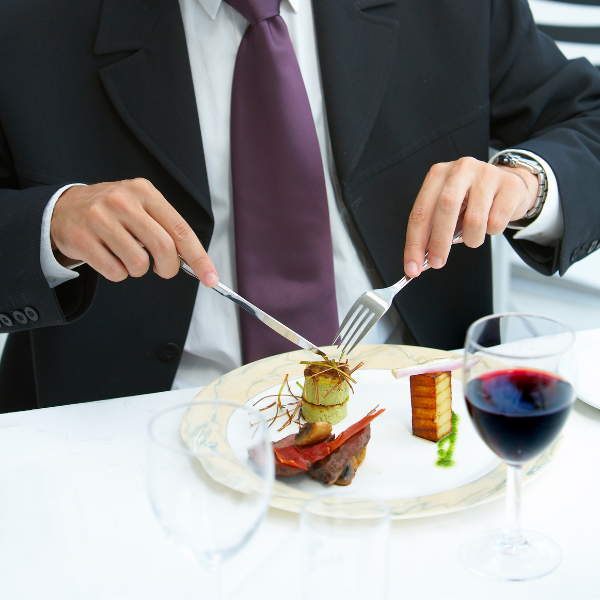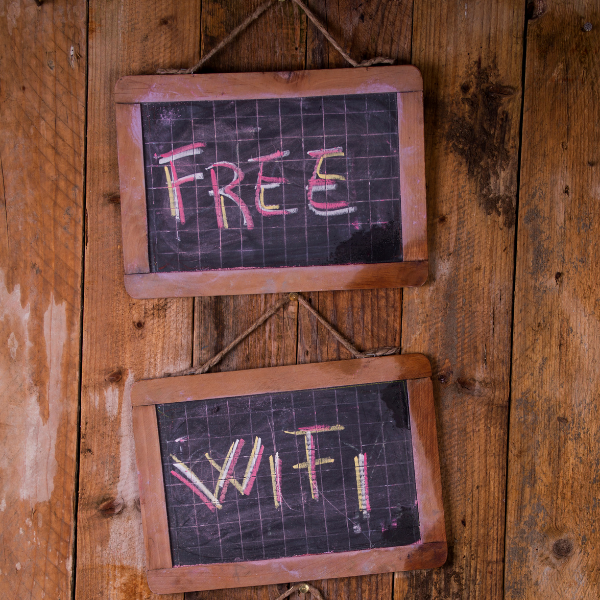U.S. foodservice operators, distributors, and sourcing teams should be aware of recent developments: the U.S. Food and Drug Administration (FDA) has issued an update regarding dinnerware made from Areca catechu (A. catechu) palm leaves—commonly referred to as palm leaf or Areca palm dinnerware. The FDA has determined that these products fail to meet the current safety standards required for food contact materials under the Federal Food, Drug, and Cosmetic Act. As a result, their use in food-contact applications does not align with regulatory guidelines.
This development may affect restaurants, caterers, and sustainability-focused buyers who have incorporated these products into their operations for their sustainable appeal.
Why Palm Leaf Dinnerware Was Banned
In May 2025, the FDA issued a ban on the import and sale of dinnerware made from Areca catechu (A. catechu) palm leaves. These products—commonly used in takeout, catering, and event settings—are crafted by sanitizing, soaking, and heat-pressing the natural sheaths of fallen palm leaves, typically without additional coatings or additives. Their popularity has grown in foodservice settings due to their sustainability appeal and naturally elegant look.
However, recent FDA testing and evaluations identified that naturally occurring alkaloids, such as arecoline and arecaidine, which are present in various parts of the Areca catechu palm—can transfer from the dinnerware to food. These findings were based on earlier evaluations, from 2004 and 2012, conducted by the World Health Organization’s International Agency for Research on Cancer (IARC), which examined the health effects of Areca catechu (betel) nut consumption. While those studies focused on chewing the nut of the Areca palm, the recent FDA update takes a cautious approach by addressing potential exposure from food-contact surfaces made from the same plant.
Consequently, the FDA concluded that dinnerware made from Areca catechu palm leaf sheaths does not meet the criteria for "Generally Recognized as Safe" (GRAS) for food-contact use. As a result, these products are now subject to Import Alert 23-15, restricting their importation and sale in the U.S.
Regulatory Status & GRAS Determination
Under U.S. food safety regulations, all food-contact materials must either be:
Authorized through an FDA regulation or Food Contact Notification (FCN)
Exempt under the Threshold of Regulation (TOR)
Generally Recognized as Safe (GRAS) based on scientific consensus
Currently, palm leaf dinnerware made from A. catechu does not meet any of these designations. There is no formal GRAS determination, no active FCNs, and no documentation showing a long-standing history of safe use in the U.S. prior to 1958. As a result, the FDA does not consider this material cleared for use in contact with food under existing federal guidelines.

Key Findings From FDA’s Toxicological Evaluation
Following recent evaluations, the FDA has determined that foodware made from the leaf sheath of the Areca catechu (A. catechu) palm may pose potential safety concerns due to the presence of naturally occurring alkaloids. These compounds—such as arecaidine, guvacine, and arecoline—are found in various parts of the A. catechu plant, including the palm leaf sheaths used in dinnerware manufacturing.
Key points from the FDA’s analysis include:
Migration Testing: Detectable levels of alkaloids were observed during FDA migration studies, which simulate how materials behave under typical food-use conditions, including heating.
Toxicological Review: While plant-derived materials are generally safe, exposure to specific alkaloids present in the A. catechu plant has been associated with long-term health effects in published studies.
Regulatory Classification: These compounds fall under Cramer Class III, a classification for substances with a low threshold for acceptable daily intake, which prompted further regulatory scrutiny.
The FDA’s assessment builds upon research conducted by the World Health Organization’s International Agency for Research on Cancer (IARC) in 2004 and 2012, which linked areca nut exposure to long-term health risks, including oral cancer.

Alternatives For Palm Leaf Dinnerware
Operators seeking alternatives to palm leaf products have a range of FDA-compliant, natural-material options to choose from. Materials like bamboo, wood, pinewood, sugarcane, and coconut shells provide a similar organic look and feel while aligning with food safety regulations.
Bamboo And Bamboo Leaf: These materials are prized for their strength, heat resistance, and smooth, natural appearance. Commonly shaped into plates, trays, and utensils, they are a reliable choice for both casual and upscale foodservice environments.
Poplar And Other Wood-Based Serveware: Lightweight and versatile, poplar and similar wood-based materials are frequently used for disposable cutlery, smallwares, and serving boards. Their neutral tones and natural finish offer broad presentation appeal.
Pinewood: Typically crafted into trays, tasting boats, skewers, and boards, pinewood is favored for its clean grain, rigidity, and aesthetic versatility. It’s especially popular in catering and event service for its upscale yet natural look.
Bagasse (Sugarcane Fiber): While bagasse doesn’t mimic the exact look and texture of palm leaf, it remains one of the most widely used and accessible alternatives. Made from the fibrous byproduct of sugarcane processing, bagasse is formed into a variety of durable, compostable foodservice items—including plates, bowls, trays, and containers. Its smooth, neutral appearance works well across many service styles, and it’s popular for its heat resistance, microwave-safe properties, and compatibility with both hot and cold foods.
Coconut Shells: Best used for bowls or decorative serving applications, coconut shell items bring a distinctive, rustic touch. They’re ideal for cold or room-temperature foods and should be verified for food-contact compliance.
Final Takeaway
Palm leaf dinnerware has long been appreciated for its natural look and eco-friendly appeal. While it’s no longer available due to these regulatory changes, there are a variety of alternative materials—like bamboo, pinewood, sugarcane, and coconut—that offer similar style and functionality. These options make it easy to continue delivering beautiful, sustainable presentations without missing a beat.
For more on sustainable and compliant foodservice packaging, visit Restaurantware's blog.






